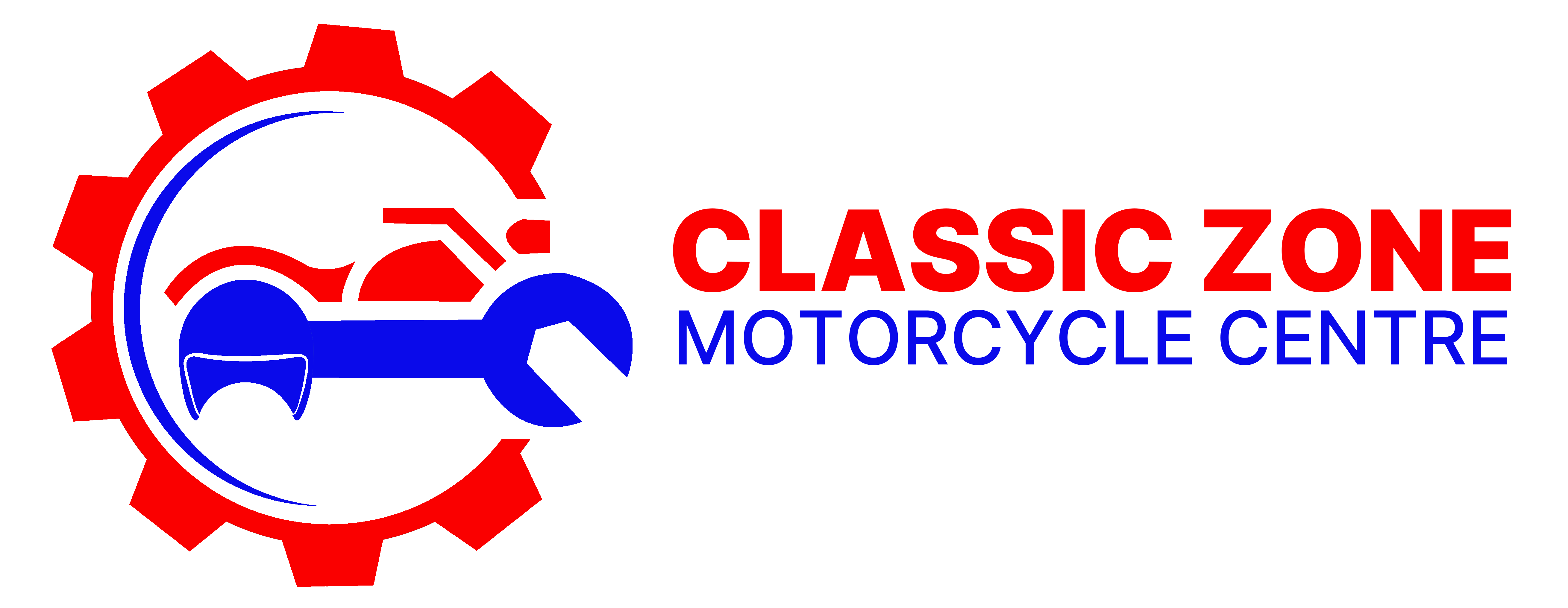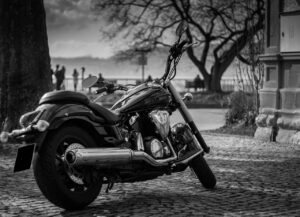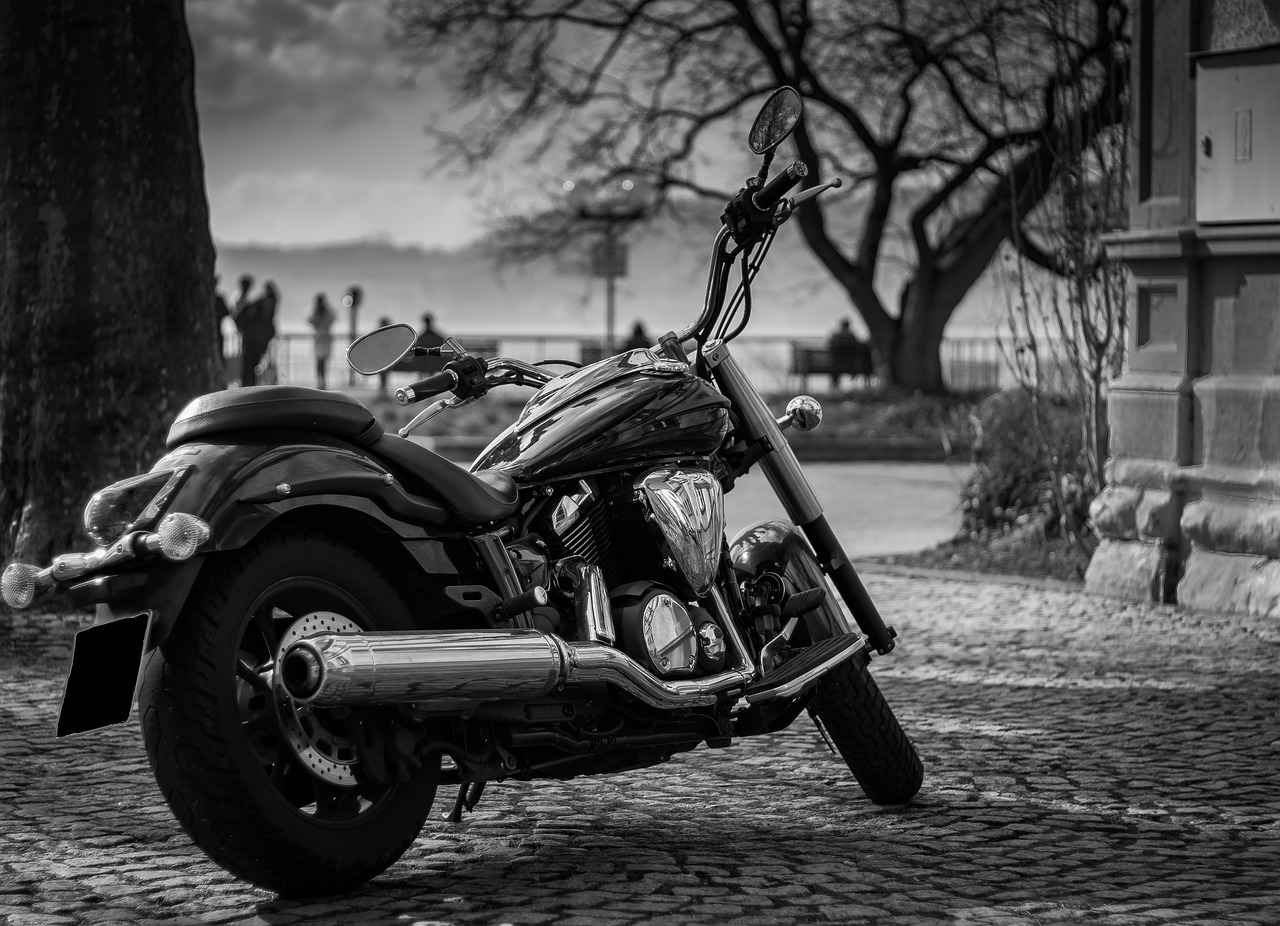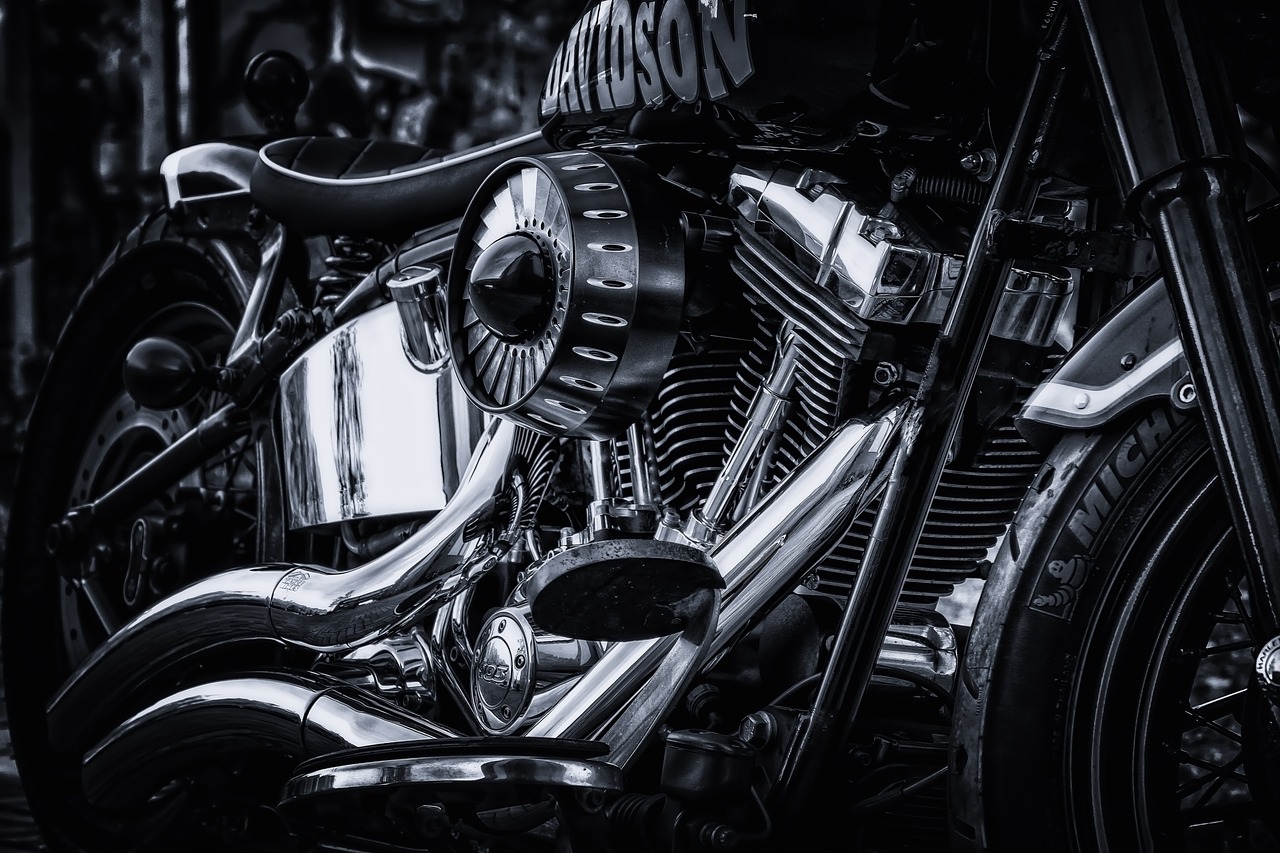The Daimler Reitwagen
The first motorcycle ever built was the Daimler Reitwagen, constructed by the German engineer Gottlieb Daimler and his collaborator Wilhelm Maybach in 1885. The Daimler Reitwagen is considered one of the earliest true motorcycles and represents a pivotal point in the evolution of motorized two-wheeled vehicles.
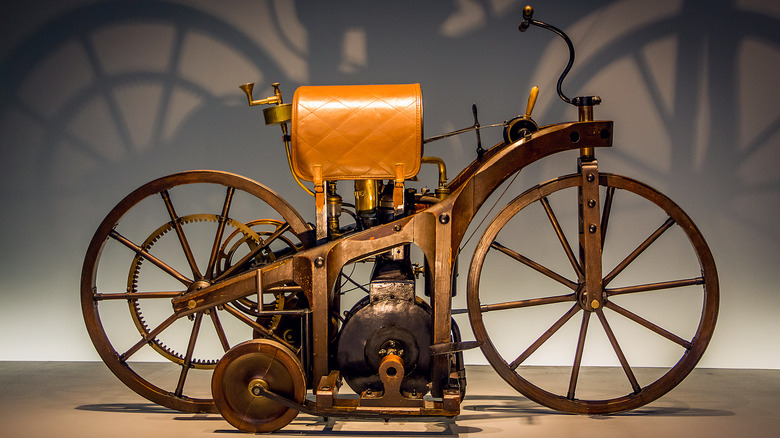
Here’s a detailed description of the Daimler Reitwagen and its significance, as well as the evolution of motorcycles to the modern era:
Daimler Reitwagen (1885)
Frame:
The Daimler Reitwagen had a simple frame constructed from steel tubing, forming a roughly triangular shape. It supported the engine and the rider.
Engine:
The heart of the Reitwagen was a single-cylinder, four-stroke internal combustion engine, fueled by petroleum. It had a displacement of 264 cc (0.26 liters) and produced around 0.5 horsepower.
Wheels:
The Reitwagen had two wooden wheels with iron rims, which were directly attached to the engine’s crankshaft. There was no suspension, making the ride quite rough.
Handlebars:
It featured a set of handlebars for steering, with a rudimentary twist-grip throttle to control the engine’s speed.
Controls:
The rider controlled the motorcycle with basic controls, which included the handlebars for steering, the throttle for acceleration, and a lever to engage the ignition.
Exhaust:
The engine expelled exhaust gases through a vertical exhaust pipe.
Brakes:
The Reitwagen had no brakes. Stopping the vehicle primarily relied on the rider using their feet to drag along the ground or engage a metal shoe on the rear wheel.
Seat:
A simple wooden saddle provided a place for the rider to sit.
Transmission:
There was no traditional transmission; the engine’s power was directly transmitted to the rear wheel.
Fuel System:
A surface carburetor mixes air and fuel before sending it to the engine.
Suspension:
The Reitwagen had no suspension, which made the ride quite uncomfortable.
Daimler_Reitwagen_color_drawing_1885_DE_patent_36423

The significance of the Reitwagen
The Daimler Reitwagen was a significant development because it was one of the first motorcycles powered by an internal combustion engine. While rudimentary by modern standards, it demonstrated the concept of a self-propelled, motorized two-wheeled vehicle. Its innovation laid the groundwork for the evolution of motorcycles.
Evolution to the Modern Motorcycle
Over the years, motorcycles have evolved significantly in terms of design, technology, and performance. Here are some key milestones in the evolution of motorcycles to the modern era:
Late 19th Century
Following the Daimler Reitwagen, other inventors and manufacturers began experimenting with motorcycles, leading to the development of various designs and engine configurations.
Early 20th Century
The early 1900s saw the emergence of established motorcycle manufacturers like Harley-Davidson, Indian, and Triumph. These companies contributed to the development of more reliable and powerful engines.
Mid-20th Century
World War II played a significant role in advancing motorcycle technology, as military needs drove the development of rugged, off-road bikes like the Jeep. Post-war, motorcycles continued to evolve, with innovations such as telescopic front forks and hydraulic brakes.
Late 20th Century
The late 20th century brought advancements in safety, such as disc brakes, tubeless tires, and better suspension systems. The 1980s and 1990s saw the introduction of advanced electronic control systems, including fuel injection and ABS.
21st Century
The 21st century has witnessed substantial advances in motorcycle technology, including ride-by-wire systems, traction control, advanced ABS, and electronic suspension systems. Electric motorcycles have also gained popularity, contributing to a more environmentally friendly industry.
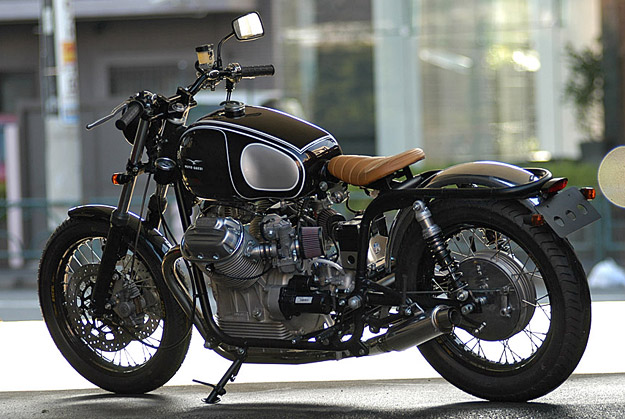
Customization
Customization has always been a significant aspect of the motorcycle culture, with custom builders and enthusiasts creating unique and artistic designs, often with powerful engines and one-of-a-kind aesthetics.
Safety Gear
Improved safety gear, including helmets, riding suits, gloves, and armor, has played a crucial role in protecting riders.
Environmental Concerns
In recent years, there has been a growing emphasis on environmentally friendly motorcycles, leading to the development of electric motorcycles and cleaner-burning engines.
Conclusion
Modern motorcycles come in various styles, including cruisers, sport bikes, touring bikes, and off-road motorcycles. They are equipped with advanced features for safety, comfort, and performance, making them far more sophisticated and versatile than the original Daimler Reitwagen. The motorcycle industry continues to evolve, driven by technological advancements, rider demands, and environmental considerations.
